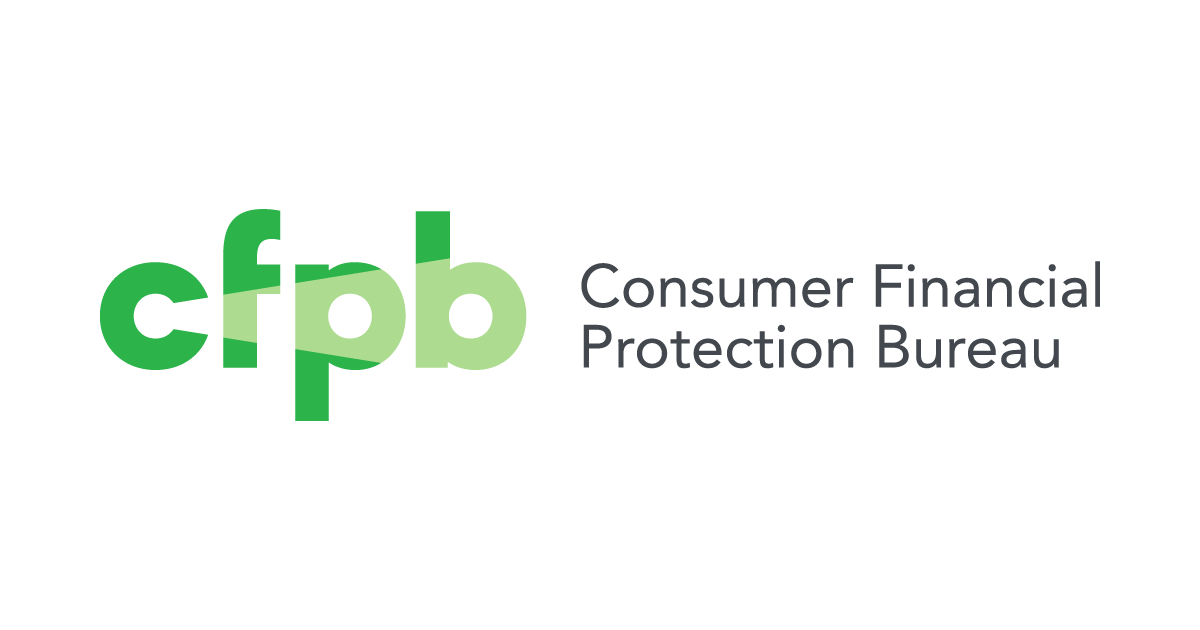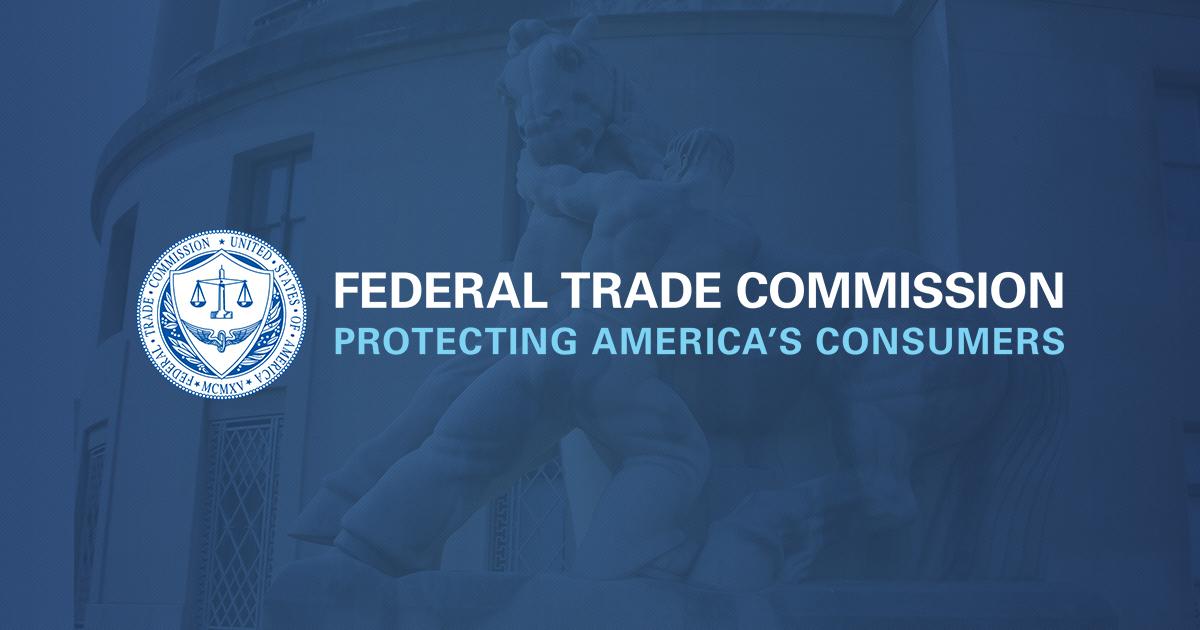Study Finds Risky Practices and Loose Underwriting Result in More Borrowers, More Debt
WASHINGTON, D.C. – Today the Consumer Financial Protection Bureau and the U.S. Department of Education released a report that describes the risky practices and debt that stemmed from the boom and bust of the private student loan market in the past ten years. According to the CFPB’s estimates, outstanding student loan debt in the United States topped $1 trillion in 2011 — $864 billion of federal student debt and approximately $150 billion of private student loan debt.
“Our findings reveal that students were yet another group of consumers that were hurt by the boom and bust of the financial crisis,” said CFPB Director Richard Cordray. “Too many student loan borrowers are struggling to pay off private student loans that they did not understand and cannot afford. Moving forward, we must do our best to leave the next generation in a better place than we are today, rather than buried under a mountain of debt.”
“Subprime-style lending went to college and now students are paying the price,” said U.S. Education Secretary Arne Duncan. “We still have some work to do to ensure that students who take out private student loans have the same kinds of protections offered by federal loans. In the meantime, if you have to take out a loan to pay for college, federal student aid should be your first option.”
Private student loans were originally designed to supplement federal student loans, and still serve that role in most cases, but there were significant changes in lending in the years leading up to the financial crisis. Funded in large part by the asset-backed securities market, many lenders made money by originating and then selling private student loans with less regard for borrowers’ creditworthiness. The market grew from less than $5 billion in 2001 to over $20 billion in 2008, and then rapidly contracted to less than $6 billion in 2011. After the financial crisis, underwriting standards tightened as investors pulled out of the market.
In the Dodd-Frank Wall Street and Consumer Protection Act, Congress mandated that the CFPB and the U.S. Department of Education conduct a detailed study to determine where there might be consumer protection gaps in the private student loan market. For this report, the CFPB received loan data from nine lenders on over five million loans made between 2005 and 2011, as well as data from five nonprofit lenders.
Three major findings of the joint report are:
- Private student loans are riskier: Used appropriately, private student loans have a role to play in financing higher education. However, compared to federal student loans, private student loans often lack repayment flexibility and other protections when borrowers are struggling to make ends meet. Most private loans have few options for payment modification or forbearance. Federal loans have a fixed interest rate and most private loans have variable rates, making estimates about future debt payments difficult. Prior to 2010, federal law did not require a disclosure showing the actual interest rate on a borrower’s loan until after the lender documented the loan, approved the credit, and readied the check for mailing.
- Lax underwriting practices rise during boom: Some lenders bypassed school financial aid offices and marketed loans directly to students. As a result, in many cases, the school could not review the borrower’s financial need, compare it to the loan amount, or even verify that the borrower was enrolled. Many lenders also lowered the minimum credit score required to receive a private student loan so that they could originate and then sell off more loans. Many students did not understand the differences and features between federal and private loans. They ended up using riskier private loans before exhausting their safer federal options.
- Borrowers are trapped after bust: Defaults on private student loans have increased since the financial crisis. Based on the CFPB’s sample, there are now over $8.1 billion in defaulted private loans, representing more than 850,000 distinct loans. Congress amended the bankruptcy code in 2005 to make it tougher to discharge private student loans. There is little to no evidence that there was an improvement in price and it is unclear that there was an increase in access to credit as a result of these changes. Borrowers reported their lenders were unable or unwilling to modify or adjust repayment terms.
Since 2008, lending standards in the private student loan market have tightened. Lenders are not able to easily sell off the student loans they originate, so they have more “skin in the game” when it comes to the borrower’s ability to repay. In 2011, 90 percent of private student loans had a creditworthy co-signer, compared to only 67 percent in 2008. The credit scores of those obtaining student loans in the past few years have risen. More than 90 percent of loans are now reviewed by a school financial aid office to make sure that loan amounts match financial need.
As part of the study, the CFPB and Department of Education each offered common-sense recommendations to reform the private student loan market to ensure that the bad practices of the past are not repeated. They recommended that lenders and school financial aid counselors work together in everyone’s best interest. Borrowers should have the information they need to have a full picture of their debt obligations, and lenders need to maintain careful underwriting standards. They also articulated the need to take a second look at how borrowers might be able to restructure their debt in the bankruptcy process.
The CFPB launched a tool to help borrowers once they have missed monthly payments on their private or federal student loans. The Student Loan Debt Collection Assistant is designed to help these borrowers understand their options, communicate effectively with their servicer or debt collector, and bring their loan out of default. Because student loans are not generally dischargeable in bankruptcy, and because federal student loans have specific consumer protections guaranteed by law, it is very important for borrowers to understand their rights and responsibilities.
This tool is in addition to the existing Student Debt Repayment Assistant, which is an online tool that provides borrowers with information on income-based repayment, deferments, alternative payment programs, and much more.
The full text of the study is available at: https://files.consumerfinance.gov/f/201207_cfpb_Reports_Private-Student-Loans.pdf
Text of the nearly 2,000 borrower comments can be found at: http://1.usa.gov/NamLh9
Official news published at https://www.consumerfinance.gov/about-us/newsroom/consumer-financial-protection-bureau-and-u-s-department-of-education-joint-report-finds-a-cycle-of-boom-and-bust-in-private-student-loan-market/
Images courtesy of PixaBay


